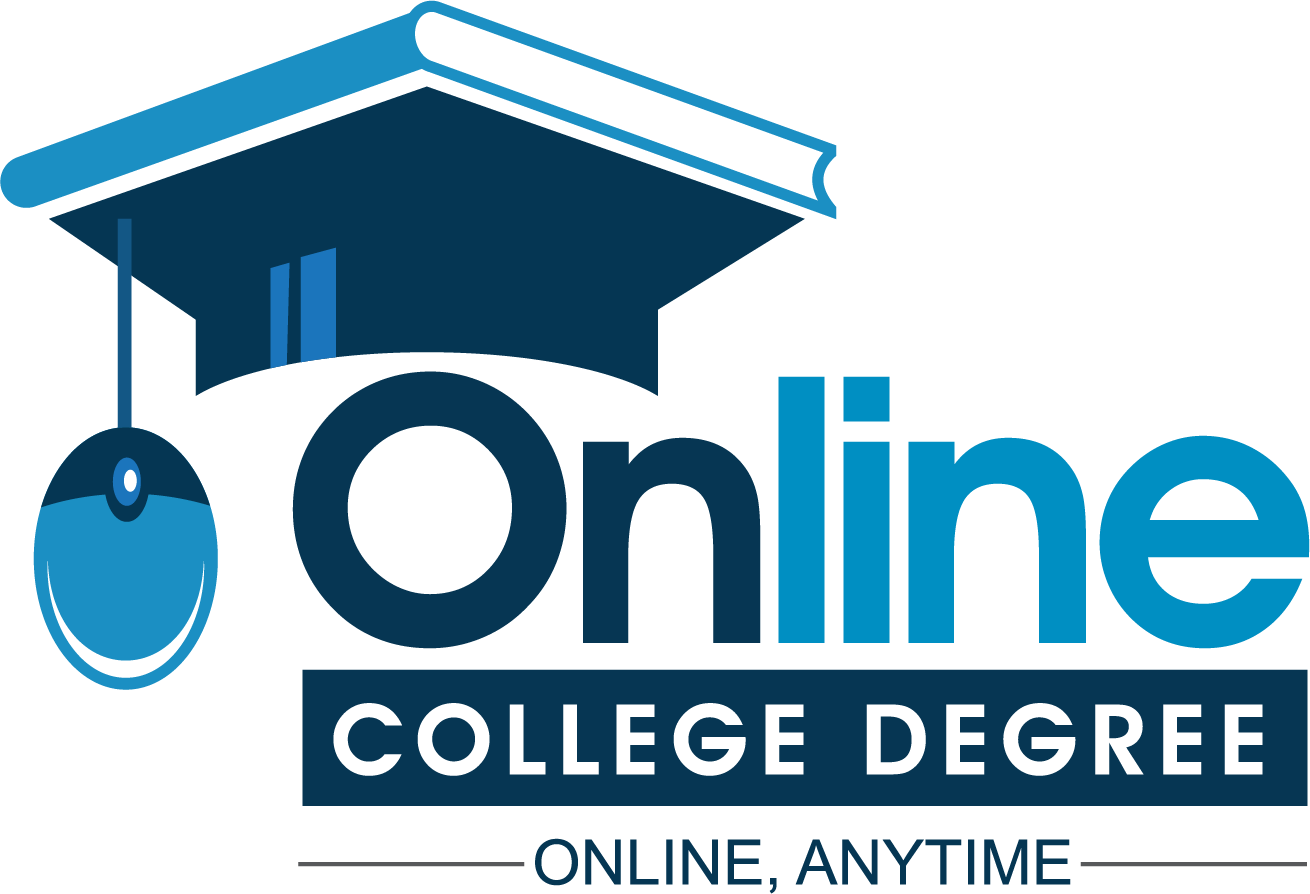Some experts predict that online education will continue long after the pandemic ends. Distance education can be tailored in a unique way to the needs of students who are facing the current challenges of higher education.
Adding value through connections
A good online education is not just a series of zoom meetings or a compilation of digital slides. Learning requires meaningful interactions between a student and classmates, teachers, academic resources, and course content. These connections are essential as schools move from emergency distance learning to fully online courses.
In an article for Insider Higher Ed, President of the University of Post Elizabeth Johnson shares the need for institutions now absorbed by online education to go beyond “misunderstandings about the quality of virtual learning”.
When online education is offered properly, the link between teacher and student is emphasized. The objective of online education is personalized and virtual interaction with each student. “
It is important to provide resources for course design and technology selection. Ultimately, universities need to “redefine student support services” to help students connect better, advises Johnson.
New ideas are emerging in how we can use technology in education. For example, new Penn State students are using online communication tools to get to know each other virtually while the campus is closed. These students find roommates, form interest groups on topics like sports and study, and play online via Facebook, Instagram, Snapchat, GroupMe, and Zoom.
Explore the possibilities of technology
Online education also changed community college courses during the coronavirus crisis. Subjects that were originally considered impossible to teach or learn online are now offered remotely using new strategies such as take-home simulations and educational kits, as well as innovative technologies such as videos and 3D applications.
According to the American Association of Community Colleges, teachers who teach courses in information technology, the culinary arts, anatomy and physiology, ethics, and cosmetology have successfully adapted their approach and tools for “engage (students) to a higher level in-depth” online.
Michael Hannen, professor of philosophy at Amarillo College, Texas, found that in live online discussions on controversial issues, “some students are more willing to talk and feel less intimidated than when they are in the same room “.
Create new options for students
The knowledge acquired at this stage can lead to changes that improve the college experience in the long term. To our knowledge, Hannen may continue to hold online discussions after the reopening of its campus.
The Boston Globe, which recently spoke with students, faculties, and administrators, said “advances in online learning could allow a hybrid approach”, a combination of online and campus learning that could significantly reduce educational costs. “
Certificate programs have seen a dramatic increase in enrollment in recent months, in part due to the uncertainties caused by the pandemic.
Certificates generally take less time than official courses. This type of program became more popular even before the pandemic. In recent months, programs with microcredit, such as those offered by edX, have seen a significant increase in enrollment.
Many unemployed students now hope to learn new skills through online learning. For example, Western Governors University’s partnership with Udacity includes a curriculum that incorporates several industry certifications with a bachelor’s degree in data management and analysis. These innovative academic formats allow students to acquire key professional skills and industry certifications in months rather than years.
The ongoing discussions about the time it takes to graduate are important. University Counseling Marguerite Dennis sees the lessons of COVID-19 as an opportunity to start an academic year.
